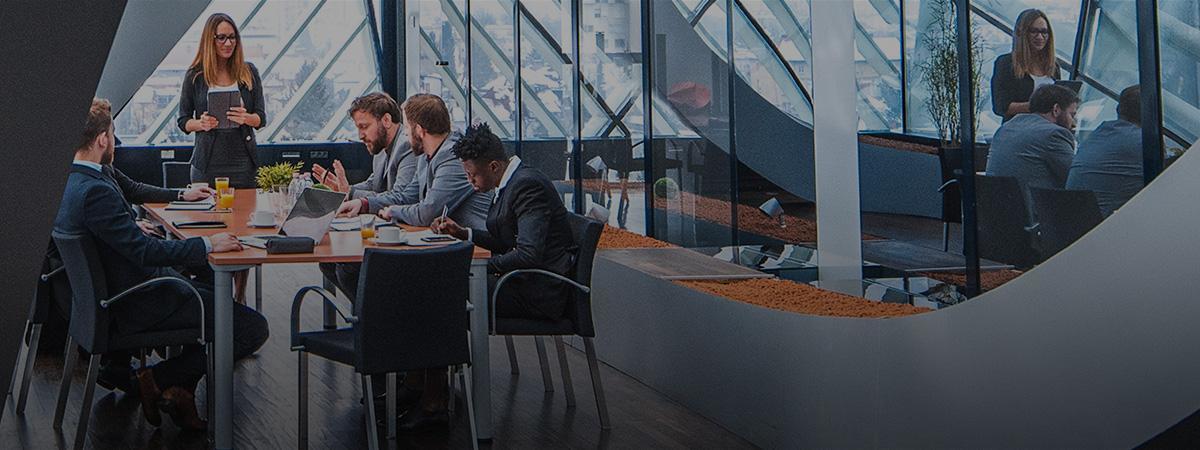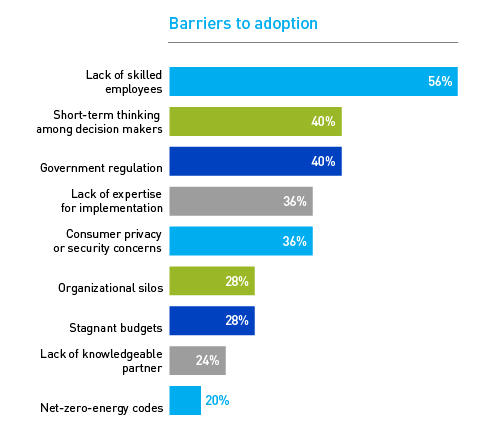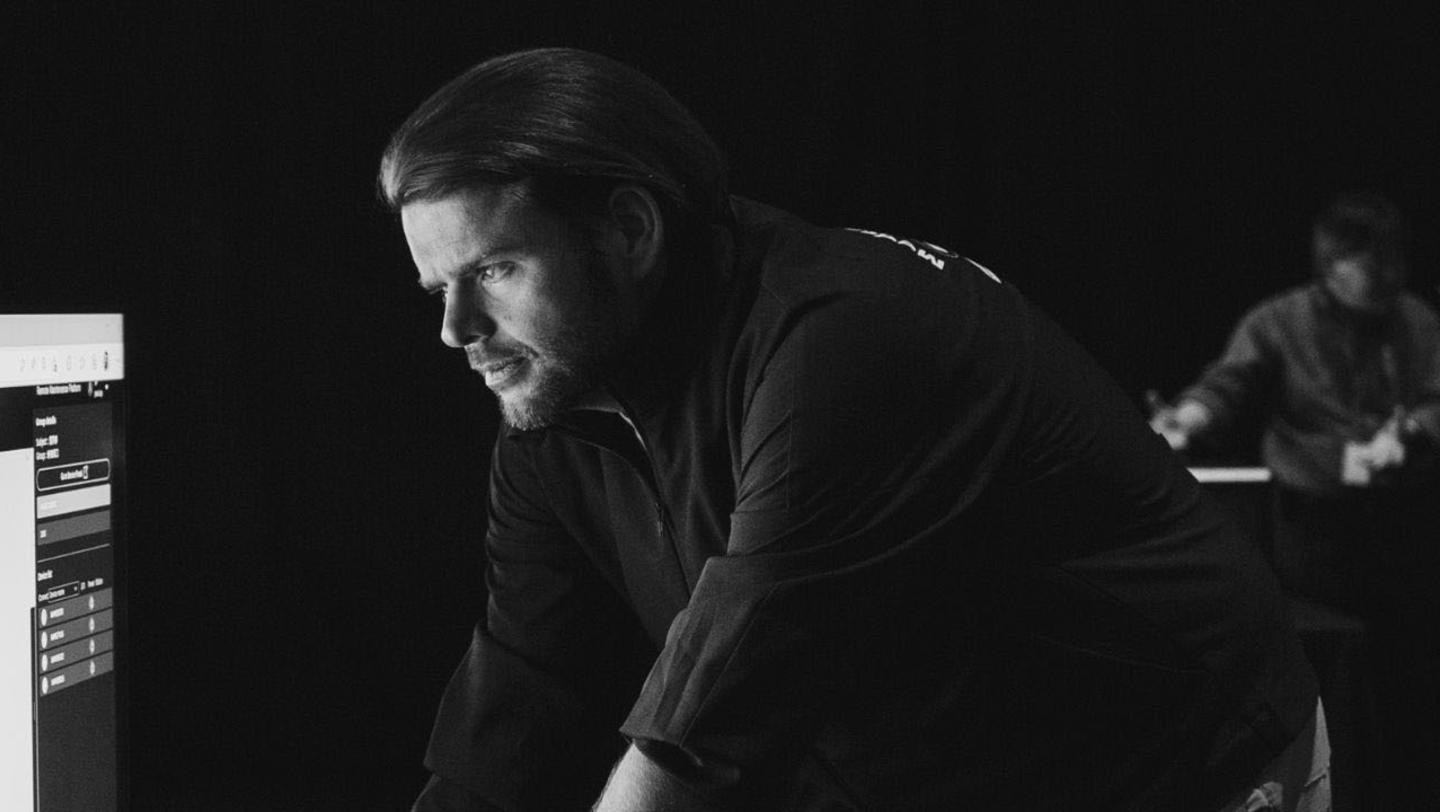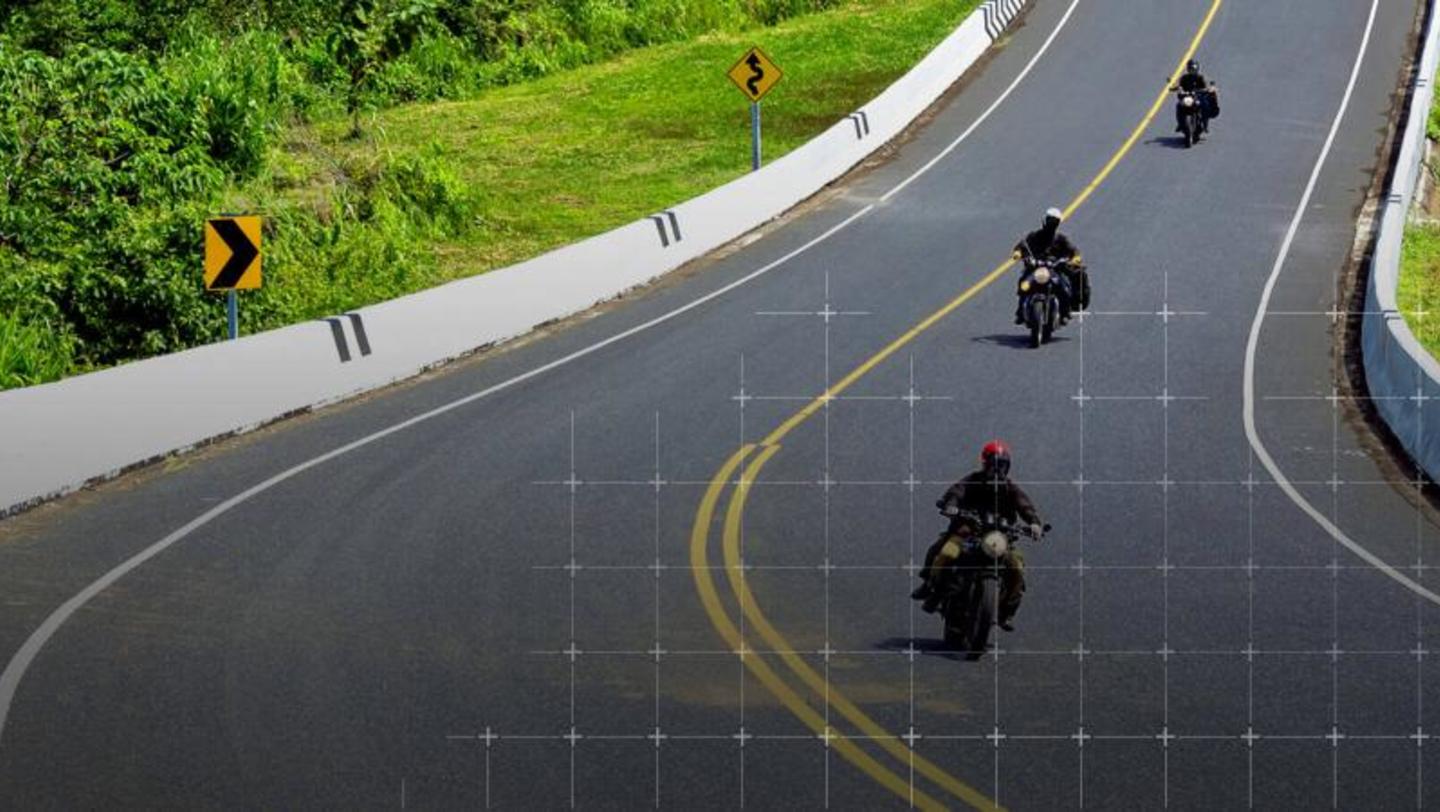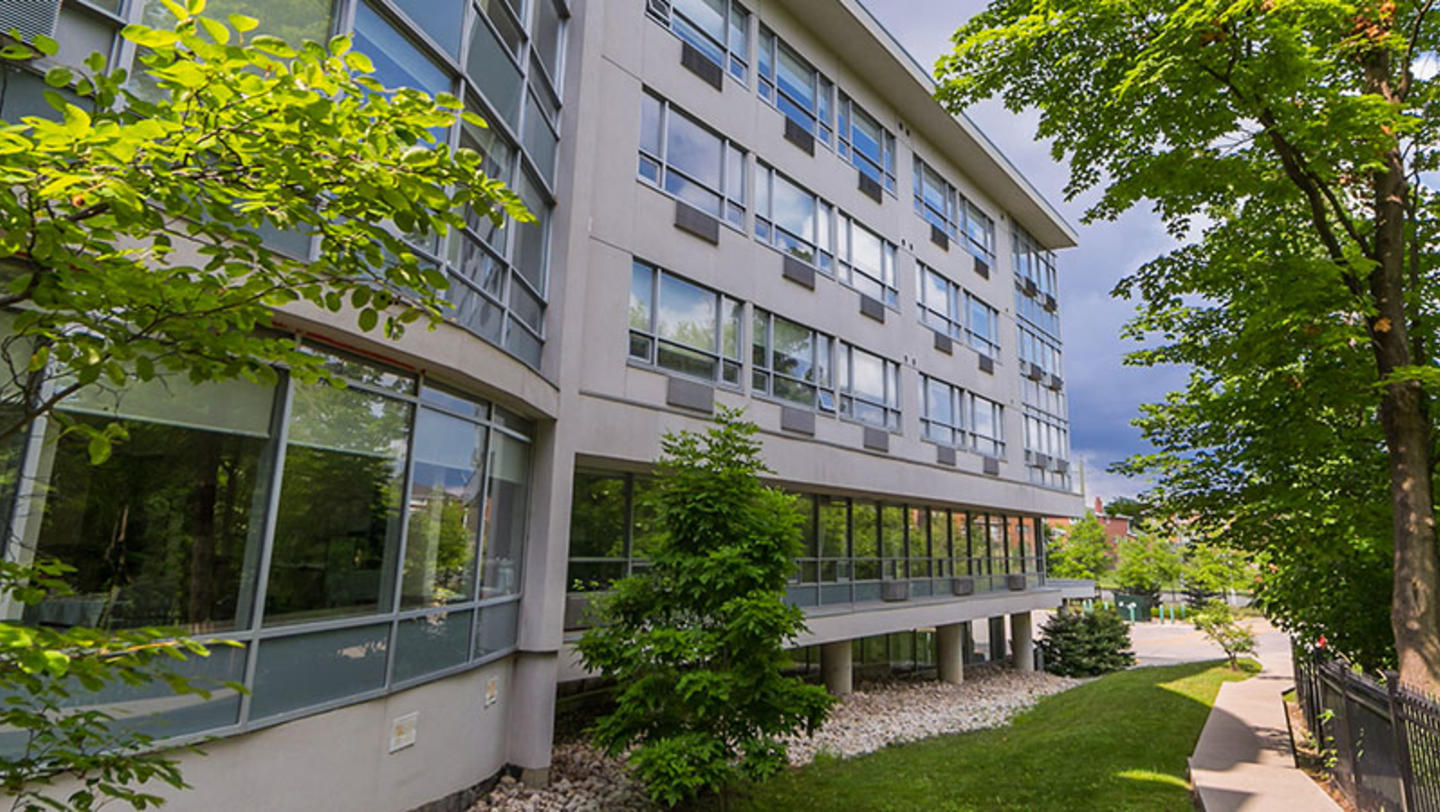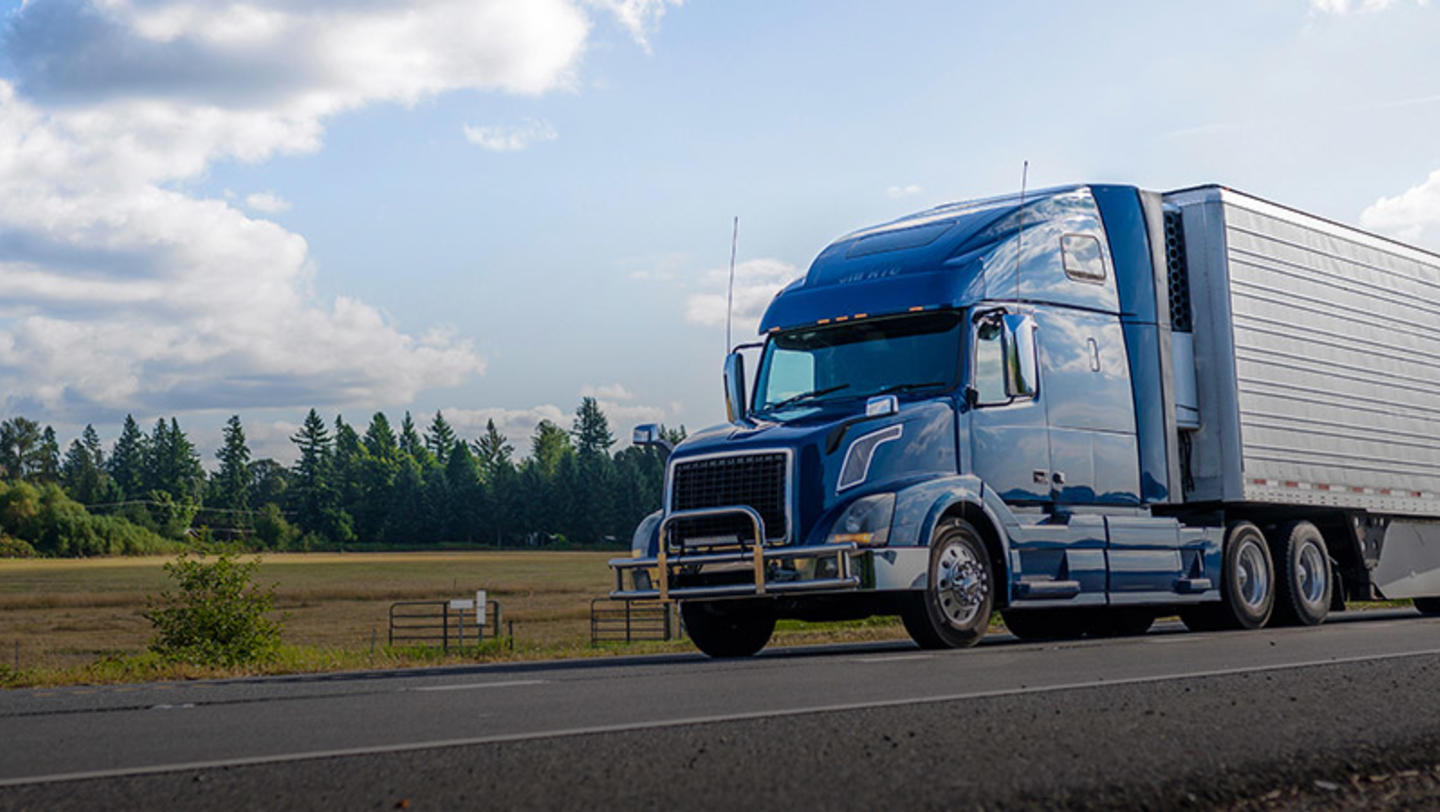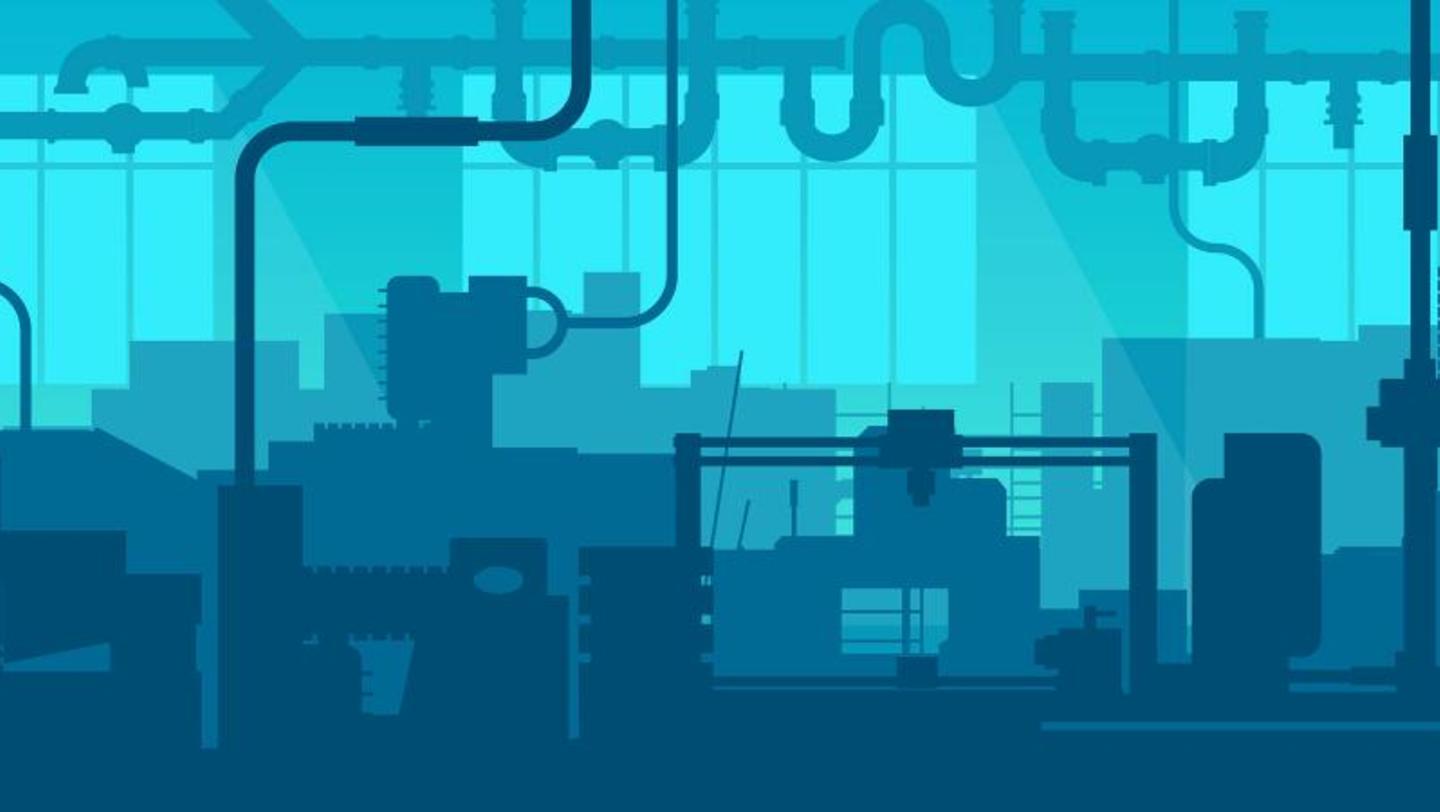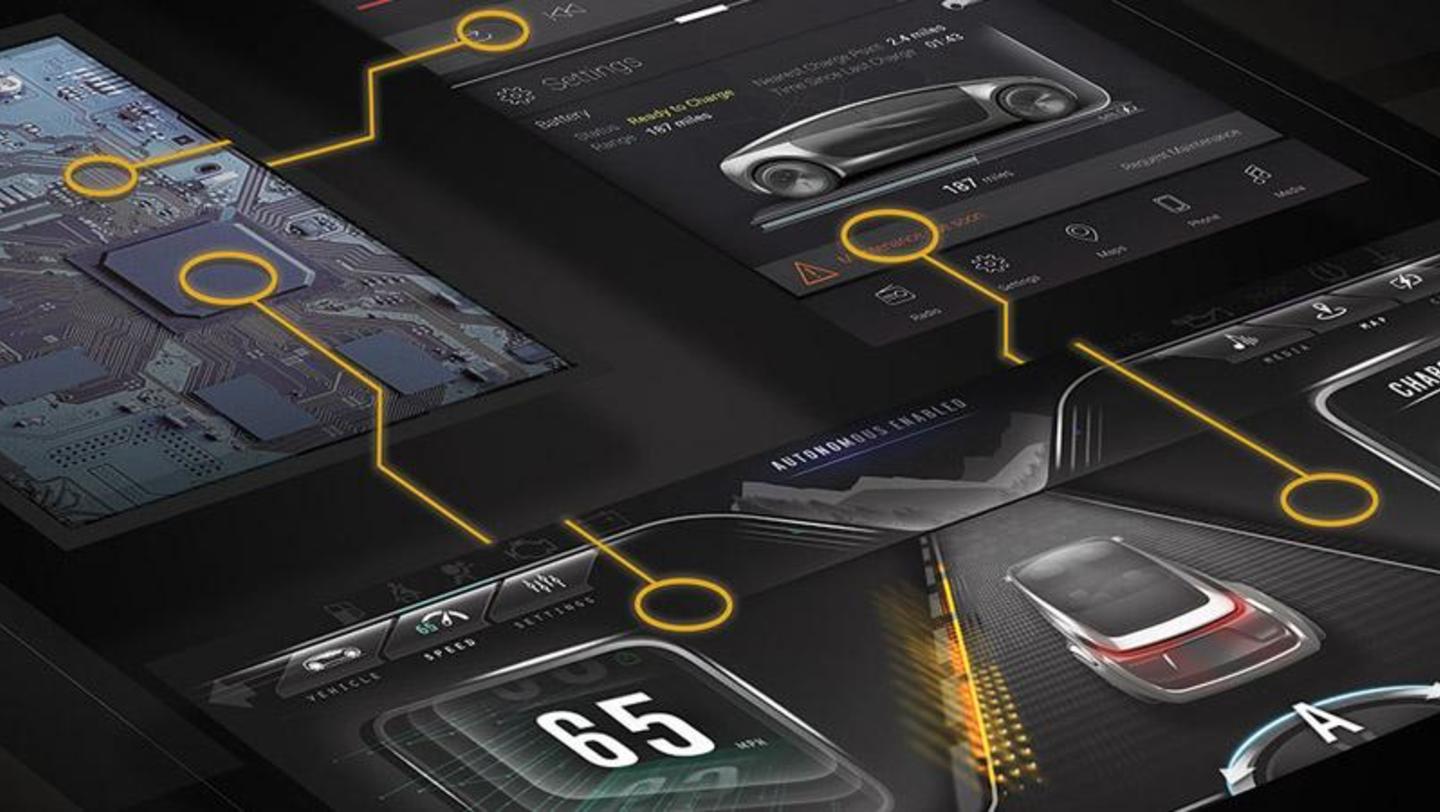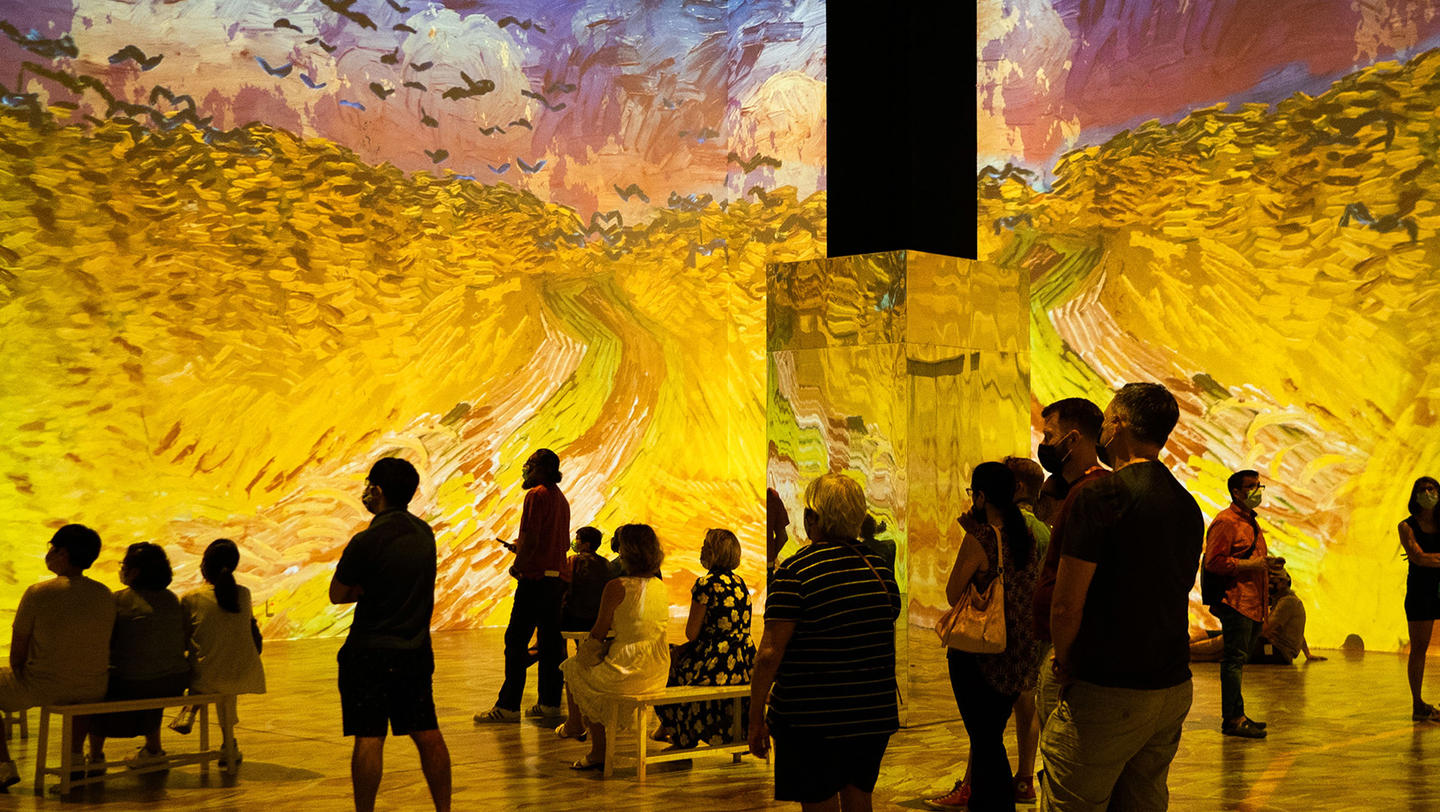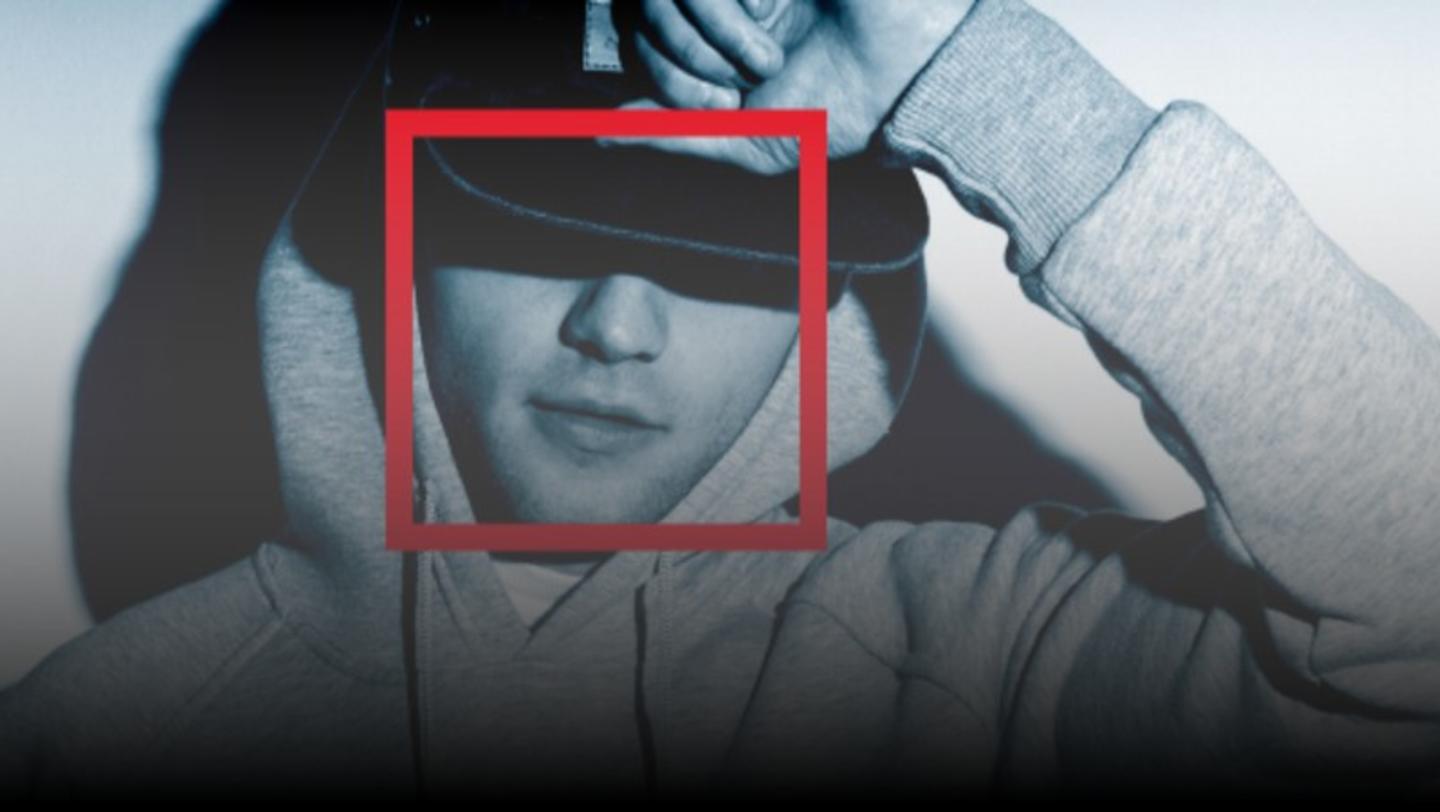When technology is an afterthought, one risks losing out on the opportunity to elevate the experience. Today’s innovation often becomes tomorrow’s noise. Take digital signage. Everyone welcomed the technology when it emerged, but it can be disruptive when poorly planned. Imagine entering a bar and there are 37 panels hanging on the wall. You’re trying to have a conversation, but you’re bombarded with images, sound and distractions. Where is the design in that, or the efficiency of communication? It’s just noise.
Technology needs to interface with the design process. There should be some magic to it – users shouldn't be able to see the strings. It shouldn't be just a TV hanging on a wall. It should be a wall that communicates. Good technology is useful. Great technology is invisible.
Structures designed with experience in mind and technology as an enabler create a positive emotional bond between the user and the physical space. That’s the goal of technology that creates immersive experiences. It can strengthen brand loyalty and turn locations into destinations, and powerful experiential spaces. Examples abound. In one of Montreal’s newest and tallest towers, Victoria Sur Le Parc, a striking, curved video installation is the focal point in the building’s lobby in its prominent sales pavilion. The system is made up of 27 separate 55” narrow-bezel displays. To ensure the multiple screens flawlessly perform as one, building managers run Panasonic Video Wall Manager via the Panasonic Auto Camera Calibration Adjustment Upgrade kit and implemented a Digital Camera with Wide Zoom Lens to calibrate. The dynamic technology had a dazzling influence on sales: Some 70% of Victoria sur le Parc’s condominium units were sold within weeks of the building’s opening. What’s more, the project won a Grands Prix du Design 2019 excellence in retail design award.
In a completely different setting, an equally striking video wall in New Jersey helps to bring college students together. On the campus of NJIT in Newark, NJ, architects faced a challenge common among those who design spaces on historic campuses: how to bridge old and new. Designers created a major addition to the school’s York Science Center to house faculty and student researchers engaged in transdisciplinary team-based research. The architects seamlessly merged the addition with the existing structure by physically connecting the two buildings and creating a central entrance between them.
The new two-storey Science Commons opens up the revitalized building to the campus allowing the activities of the researchers, students and visitors to engage with the campus street-life, according to building architects NK Architects.
Visual technology plays a central role in the bridge between old and new.
Deployed in the Science Commons, a 4x4 indoor/outdoor video wall using sixteen 55-inch Panasonic Professional Displays, serves as an information system as well as a powerful teaching tool used by professors and other members of the university to display instructional videos, diagrams and collaborative works in progress. “Everybody loves it,” observes NJIT’s Assistant Director of Digital Media Jesse House.
Time zones away, in Russia, another example of technology at center stage is drawing people of all ages. As part of a huge renovation, designers were asked to reimagine the toy store experience at Moscow’s Central Toy Store. They created a permanent projection mapping installation in the building’s atrium that provides a magical feast of sights and sounds for anyone who walks through the doors. The experience of being in this immersive environment is as playful as the products sold, attracting shoppers young and old in droves, according to a recent article.
Meanwhile, in Japan, designers reimagined the museum experience. At the digital museum in Tokyo, hard-to-read wall placards are replaced by an experience that immerses visitors in a borderless world where artworks move by themselves, communicate with each other and flow through the structure, interacting with patrons. TeamLab Borderless, a Tokyo collective of artists, designers and technologists, seamlessly integrates digital art projections and audio into strategically designed spaces to create a transfixing environment. Some visitors report becoming so emotionally invested in the experience that they lose track of time.
Both the Tokyo museum and Moscow toy store rely on innovations in projections, which are also being used with incredible success on corporate and educational campuses. To learn more about innovation in projection, check out Panasonic’s latest Guide to Projection Mapping.
